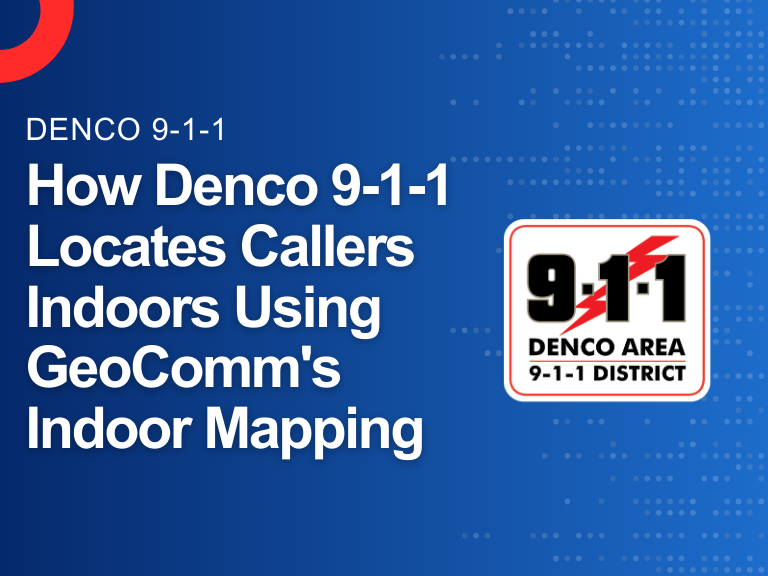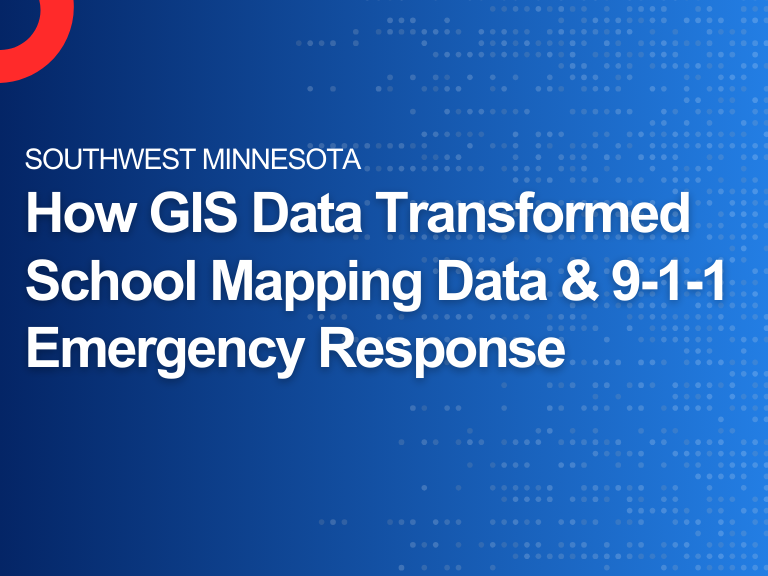Linn County, Oregon
Challenge
In 2016 Linn County, Oregon began the process of upgrading their Computer Aided Dispatch (CAD) system. After being in a tabular CAD world for 28 years, the new CAD system was now map-centric, and reliant on the GIS data. This made it challenging to understand the impact GIS data would have as they moved into this new system. Not long after go-live in April 2017, it became evident that the address exceptions and accommodations built into the previous tabular CAD did not necessarily exist in the GIS date now in place, and this was causing some challenges. Linn County decided the quality of their GIS data needed to be assessed to identify and correct the issues they were seeing, and improve the GIS data in use in their new CAD system.
Solution
Linn County partnered with GeoComm in late 2017 to overcome the GIS data obstacles presented in their new CAD system. The partnership began with an initial GIS data review that identified the areas in their GIS data that could be updated right away and make the greatest level of impact. After those initial updates were complete, other GIS data updates were resolved as time permitted. Now the county’s GIS department and GeoComm collaborate on an ongoing basis to identify and update the GIS data, proactively fixing potential issues. The GIS data is then provisioned to the CAD system on a regularly scheduled basis providing accurate, up to date data for use in emergency response. Partnering with GeoComm, and having the GIS component of the CAD system public safety focused, has greatly improved our ability to bester serve the community by processing calls for help in a much more timely manner.
“GeoComm truly understand the complexities faced by personnel in the PSAP. When processing a call for emergency assistance and seconds count, it is imperative we have the most accurate data to get a call for service in the system and get help on the way. While we had a good foundation to build upon, GeoComm has helped us tremendously with their meticulous attention to detail, their insightful suggestions and just overall experience with the public safety specific data,” said Cathy Orcutt, Communications Manager at Linn County Sheriff’s Office.
About Linn County Oregon
Linn County, Located in the Western portion of Oregon covers almost 2,300 square miles and is home to over 100,000 people. With varying elevations and terrain from the Williamette Valley to the Cascade Mountains, Linn County presents a variety of emergency response challenges. Always looking for ways they can improve 9-1-1 emergency response, Linn County is looking forward to adding new GIS data layers in the future such as recreational trails to help 9-1-1 dispatches and first responders during emergency situations.


